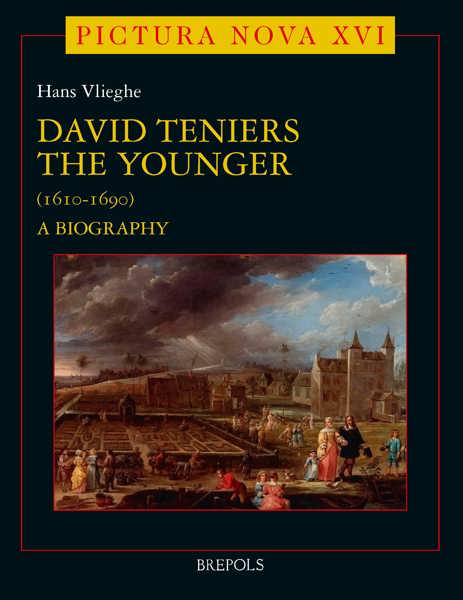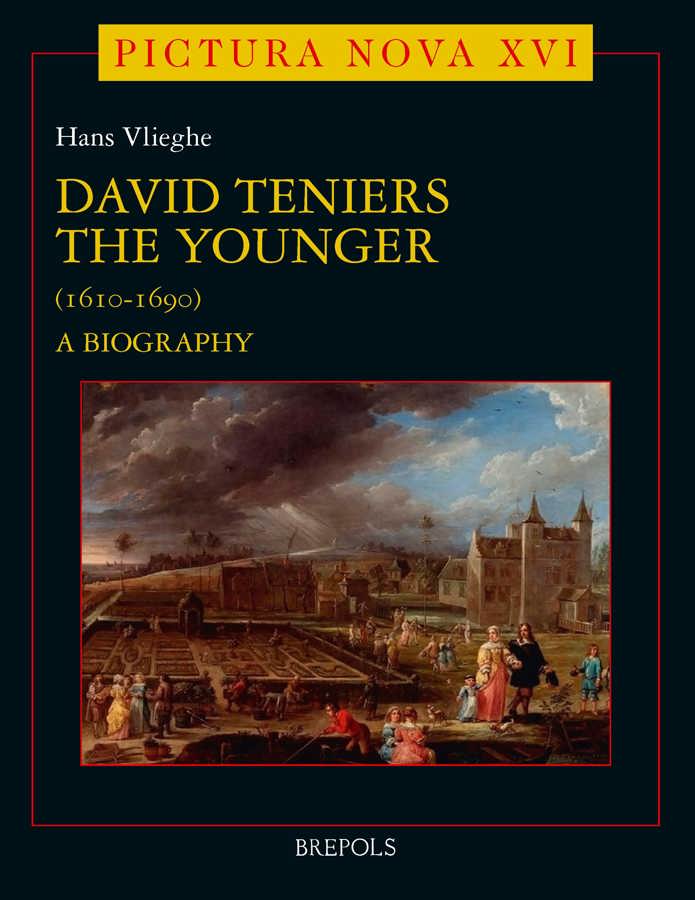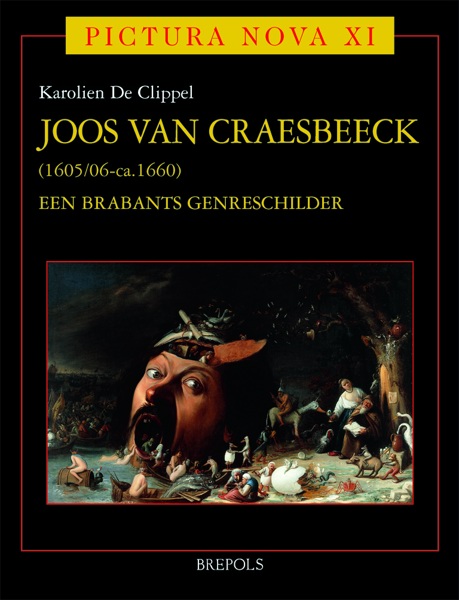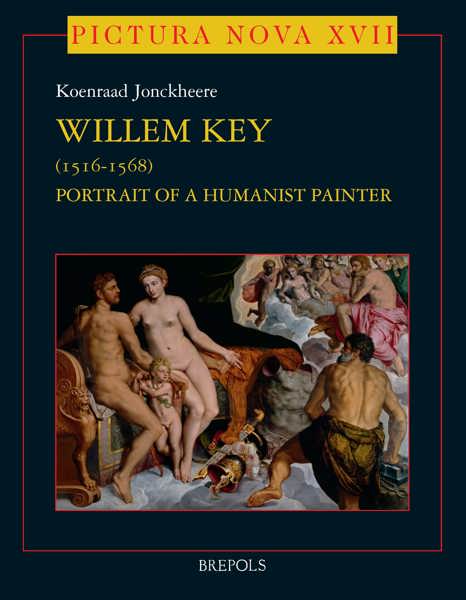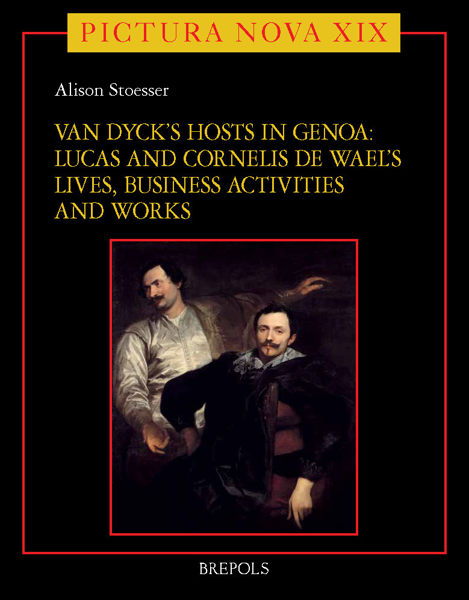
David Teniers the Younger: A Biography
Hans Vlieghe
- Pages: 214 p.
- Size:190 x 250 mm
- Illustrations:86 b/w
- Language(s):English
- Publication Year:2011
- € 75,00 EXCL. VAT RETAIL PRICE
- ISBN: 978-2-503-53677-4
- Hardback
- Available
"Es is absolut empfehlenswert, da es zusätzlich aufschlussreiche Einblicke in das allgemeine künstlerische Klima in Antwerpen und zahlreiche Details zu Kollegen des Malers bietet" (Renate Schreiber in Frühneuzeit-Info, Jahrgang 22, Heft 1&2, 2011, p. 179)
"This book constitutes the most comprehensive study to date of Tenier's life and work. (...) The author's lucid style and succinct explanations of the different issues will not only enrich the specialist's knowledge but also make the book accessible to non-specialists." (Teresa Posada Kubissa, in: Historians of Netherlandish Art, www.hnanews.org/bookreview/index.html, October 2012)
Despite the fact that David Teniers the Younger has always been considered one of the most important and prolific Flemish painters of the seventeenth-century, no critical biography of the artist exists which draws on the comprehensive documentary evidence of his life and work. Hans Vlieghe’s monograph aims to fill this gap. Based on the corpus of all known documentary sources as well as some newly discovered ones, this book traces the path of Teniers’s success and provides a detailed survey of his relations with his patrons and clientele, while also illuminating his studio practice and associations with fellow artists in Antwerp and Brussels. The author in addition examines Teniers’s manifold activities against the background of his ever-changing social and familial context. The resulting analysis draws a picture of a painter who came from the artistic milieu of Antwerp, yet deliberately made different choices from those of his father, from whom the young Teniers received his initial training. In order to meet changing tastes and satisfy the demands of the market, and following the example of Adriaen Brouwer, Teniers quickly acquired a reputation as a painter of low-life genre scenes. Vlieghe goes on to clarify how Teniers rose to become court painter to the Habsburg governors in Brussels, and the means used by the artist to achieve greater social recognition, which included extensive self-representation and considerable conspicuous consumption. Teniers’s later years were marred by difficulties, brought on by his diminishing success as an artist and by financial difficulties with his children. Vlieghe shows how these circumstances led to Teniers dying in rather deplorable circumstances.
